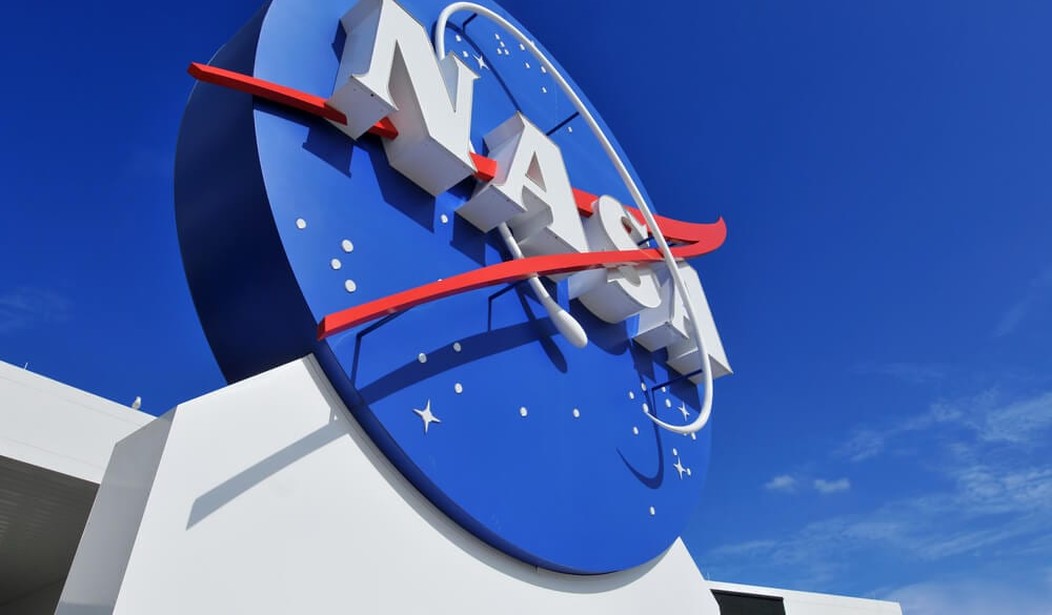If all of Greenland’s ice melted, it would raise sea level ~23 ft. That’s enough to put coastlines throughout the world under water. pic.twitter.com/0C5fpTRhdl
— NASA Climate (@NASAClimate) December 13, 2016
The tweet above is from @NASAClimate, a real official account from the real government organization that shoots rockets. (By the way, serious question: does anyone know why NASA does this instead of NOAA?)
If all of Greenland’s ice melted, it would raise sea level ~23 ft. That’s enough to put coastlines throughout the world under water.
As a bald statement, it sounds fairly reasonable. I wouldn’t disbelieve it if it said anything from 20 to 40 feet; I’d get a bit doubtful if is said 100 feet.
But that said, that’s a lot of ice, and melting ice takes a lot of energy. Let’s just think about how much.
Ice, along with pretty much everything else, requires a certain amount of heat energy for the solid to turn into a liquid (or must lose a certain amount of heat energy to turn from a liquid back to a solid). This is called the enthalpy of fusion, which is a Greek-root phrase meaning “the amount of energy to turn a solid material into a liquid.” It’s also sometimes called the latent heat: it’s the amount of heat energy lurking in water just by virtue of the water being liquid.
To understand what this means, let’s set up our little home lab. Here’s what we need:
- A Bunsen burner;
- A burner tripod;
- An Erlenmeyer flask;
- A thermocouple thermometer with a USB interface;
- A source of gas for the burner. (Obtaining that is left as an exercise for the reader.)
Here’s the lab setup:
- Fill the Erlenmeyer flask with a mixture of crushed ice and water.
- Set up the Bunsen burner and tripod, and put the flask on top. Put the thermometer into the flask, and connect it to your computer.
(Of course, you could do this with a pan of water on the stove, but that wouldn’t be all science-y and stuff.)
Give this all a few minutes to settle down, and the water temperature will be right around 0°C.
Now light the burner, taking all the appropriate precautions; kids ask your parents’ permission, hadda yadda.
Keep tracking the temperature. The Bunsen burner is pouring heat into the water, and the ice starts melting pretty quickly, but the temperature stays right at 0°C until the very last of the ice has melted. All of that heat from the Bunsen burner has gone into making the phase change from solid to liquid. That amount of heat energy is the enthalpy of fusion.
In fact, at 334 Joules per gram, water has the second highest enthalpy of fusion of any material. (First place goes to solid ammonia at 339 J/g).
Now, I knew this, so intuitively I did this mental calculation:
(A whole lotta grams of ice) × (a lot of Joules per gram) = (a whole bunch of Joules.)
So how many is “a whole bunch of Joules”?
We can calculate that. The tweet says Greenland is 3 times the area of Texas. Texas has an area of about 268,600 mi², which is around 695,700 km², so three times that is 2,087,100 km². The ice is about a mile thick on average, and a mile is 1.609 km, so the total volume of ice here is about 3.35 million cubic kilometers. (If you insist on traditional units, that’s 805,800 mi³.) I’m going to cut to the chase here and skip some of the arithmetic, but it turns out that’s 3.35e21 grams of ice, and thus at 334 Joules/gram, about 1.119e24 Joules.
That is a lot of Joules. In fact the metric prefix for 1e24 is “yotta,” which means that is a yotta Joules.
Thank you, and don’t forget to tip your waiters.
But now we’re getting to the point: That is a whole lot of energy. It’s more than 200,000 50 Megaton bombs. It’s twice the energy of the Chicxalub asteroid impact that killed off the dinosaurs. It’s comparable to the total amount of energy released by the sun in one second. It’s — via Einstein — an amount of energy that masses thousands of tons.
So, all of Greenland’s ice might melt, but it isn’t going to be fast. If we go into it, we find that even the most “catastrophic” predictions of sea-level rise are in the neighborhood of a millimeter a year, or a centimeter a decade. An inch every 25 years. Four inches a century.
This 23 feet will take 6900 years.
This tweet is, more than anything else, a tribute to the art of public relations. It’s not exactly false — but by taking about the cities to be drowned, it sure gives the average reader the impression that this drowning is imminent. Instead, well — 6900 years ago would be roughly 5000 BC. That’s before Rome; before ancient Greece; before Minos; before Egypt, before Ur, before Mohenjo-Daro; before domesticated chickens. Before every recorded human civilization. Maybe, in 7000 years, New York will be under water; and maybe, in 7000 years, New York will still be remembered as a place more real than Atlantis. Maybe.
It’s a sucker play. NASA Climate is hoping you’ll read their tweet and take away that New York is in imminent danger, and support their funding and listen with horror every time someone says “climate change.”










Join the conversation as a VIP Member